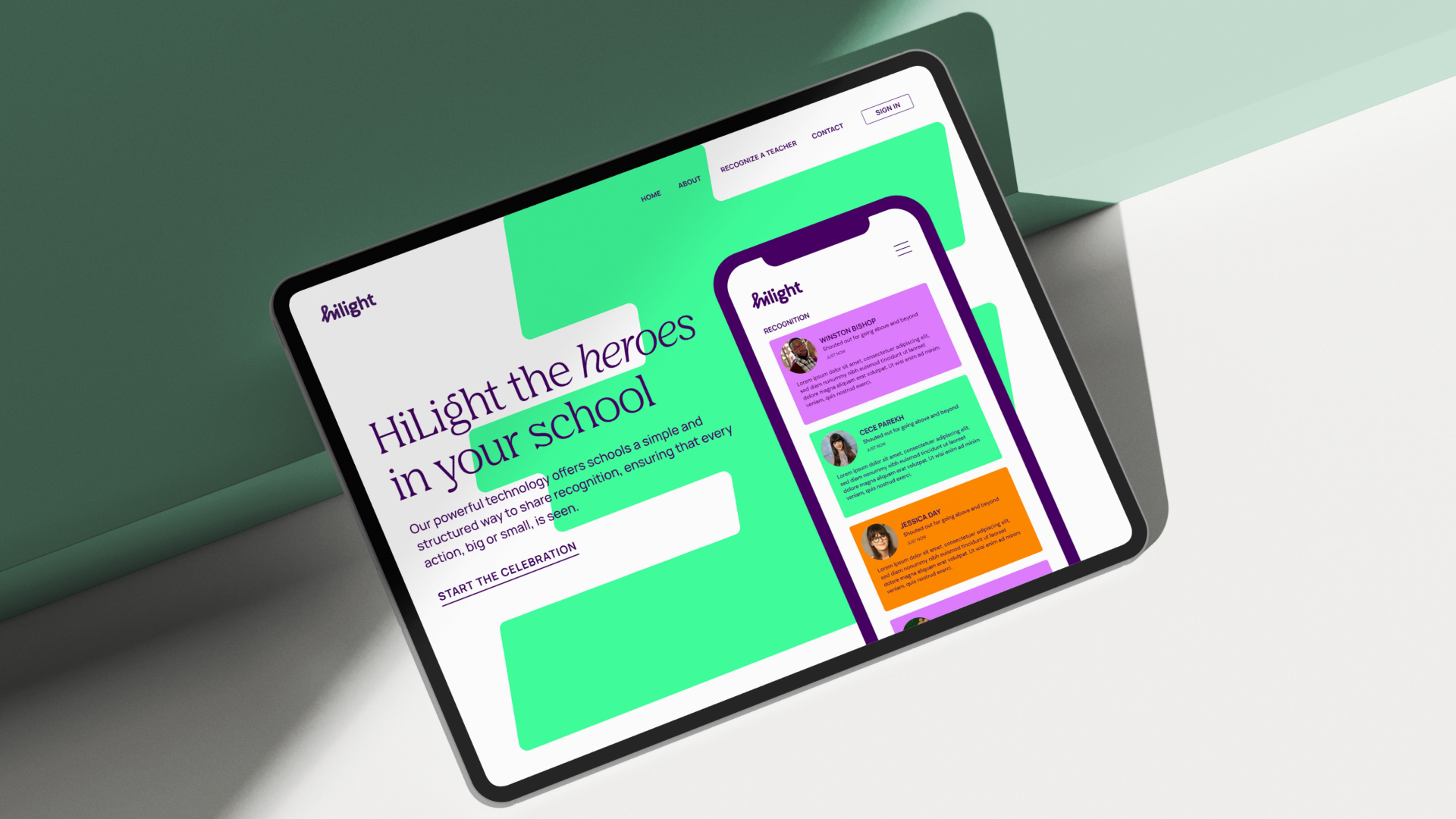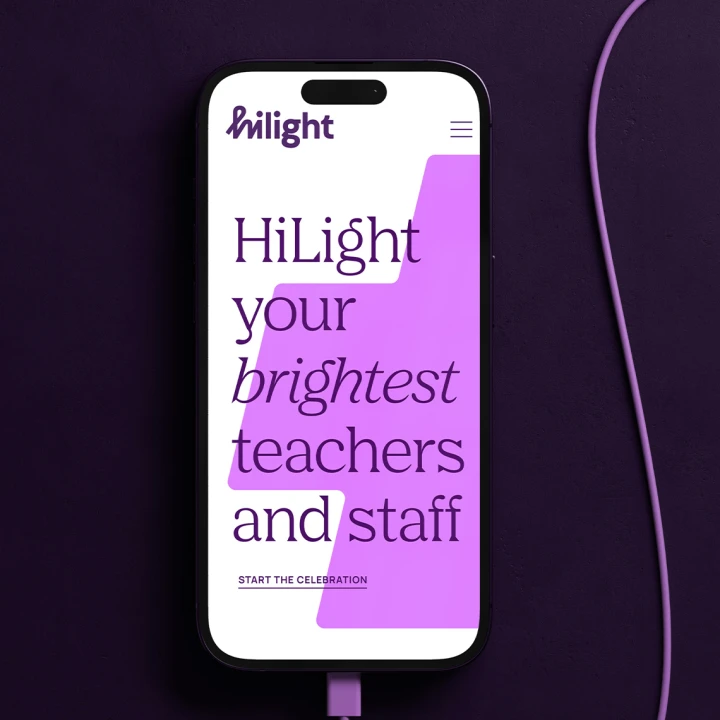There’s no doubt that educators have an impactful job, literally shaping the minds of the next generation. As they look to adopt technology in their teaching, it has created a growing edtech industry. When it comes to edtech branding, companies often communicate the role they play in supporting educators. The result? Everyone is talking about improving education. That’s great—but it can feel hard to grasp and begs the question: what are you really doing?
Everyone is (apparently) unlocking student potential
Through our experience working with edtechs, it’s obviously a mission-focused space with a lot of brands using vague and lofty language. What’s more, many brands have a similar mission. I couldn’t tell you how many we’ve seen talk about improving student lives or working to unlock student potential.
Another result of using mission-focused language is that you risk addressing the wrong audience. Some of the most common messages we’ve seen are around offering personalized learning experiences and career preparation. While these claims may be true, they exclude a key audience. Students may be your product user and your vision could be to improve student lives, but you can’t forget to address the purchasing decision makers, from educators to administrators.
Mission vs positioning, ambition vs opportunity
A mission statement is meant to be forward-looking and ambitious. But when that language is used all throughout a website and marketing materials, it can be hard for audiences to decipher exactly what you do and how you’re different from competitors. That’s where brand positioning comes in—a statement that sits under your mission. Your positioning should still be aspirational and give you room to grow, but it serves a different purpose than your mission. Your positioning statement should explain the way you realize your mission and speak to the unique opportunity you capitalize on, whether it's making learning new languages easily accessible or allowing users to learn skills directly from experts. And, it should address your primary audience, conveying your “awesome” to give them a concrete reason to choose you over your competitors.
What this means for edtech brands
So how do you create a brand strategy that helps edtechs unpack their true awesome?
Lumen Learning, a company that offers evidence-based courseware for higher education, approached us needing a new brand to differentiate them from major publishers. During our initial discovery process, we realized that like so many edtechs, Lumen’s main message was their mission of enabling student success. We built a new brand around a positioning that highlights their true differentiator: their powerful technology that helps educators connect with students and spend more time teaching. See the brand here.

HiLight is an edtech start-up with a platform that allows K-12 school staff members to send tangible recognition rewards to each other. As a new company, they needed a brand to drive awareness in the market. Since they’re a platform only for teachers and staff members, we knew their original name, KidKred, addressed the wrong audience and that they weren’t positioned to appeal to teachers. With a new name and brand centered on the positive communities they enable, HiLight can now clearly articulate who they are and what they do. Check it out here.





